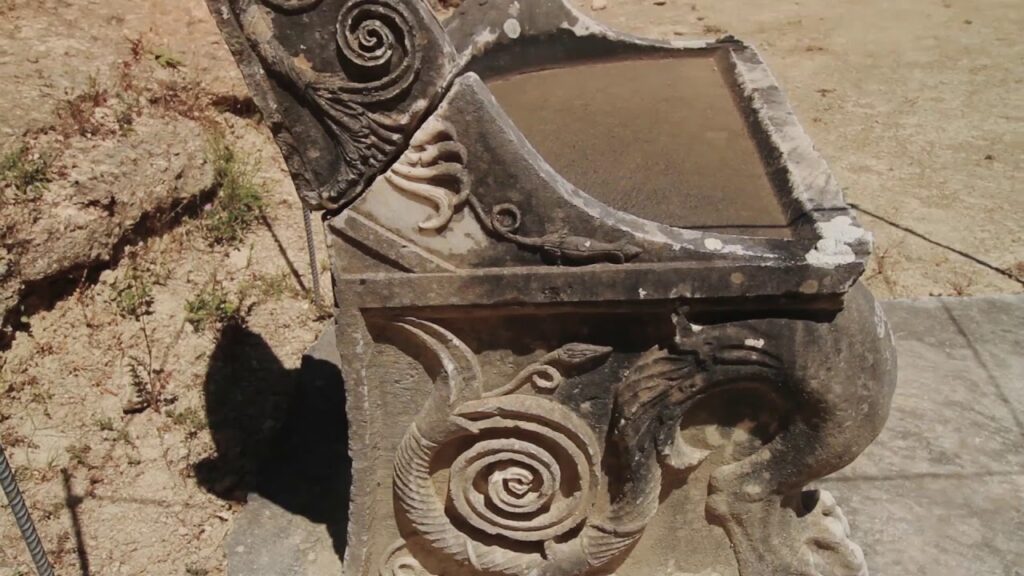In the historic town of Oropos, Greece, stands a remarkable testament to ancient Greek civilization – the Amphiareion Theatre, home to a set of marble thrones that have endured for over two millennia. These magnificent seats, known as Prohedria, offer a fascinating glimpse into the social structure and cultural richness of ancient Greek society.
The Sacred Seats of Power

The Prohedria thrones stand as silent witnesses to a time when social hierarchy was physically manifested in stone. Carved from enduring marble, these seats of honor were reserved for the elite of ancient Greek society – distinguished officials, respected priests, and other prominent figures who held positions of influence within the community.
A Marvel of Ancient Craftsmanship

What makes these thrones particularly remarkable is their exquisite craftsmanship. The artisans of ancient Greece selected marble not only for its beauty but also for its durability. Their choice has proven wise, as these thrones continue to tell their story two thousand years later. Each throne bears intricate carvings and symbolic motifs that spoke to the status of its intended occupant.
The Amphiareion: More Than Just a Theatre
A Dual Purpose Sanctuary
The Amphiareion Theatre served a unique dual purpose in ancient Greek society. While it was certainly a venue for theatrical performances, it was also a sacred sanctuary dedicated to Amphiaraus, a revered hero and prophet in Greek mythology. Here, ancient Greeks would gather not only to be entertained but also to seek divine guidance through religious rituals.
Theatre as a Cultural Cornerstone
In ancient Greek society, theatre was far more than entertainment – it was a cornerstone of cultural and civic life. Through dramatic performances, citizens engaged with complex moral dilemmas, philosophical questions, and stories of gods and heroes. These theatrical experiences served as both entertainment and education, helping to shape the moral and intellectual framework of Greek society.
Historical Significance and Discovery

The discovery of these Prohedria thrones has provided archaeologists with invaluable insights into ancient Greek theatre organization and social structures. Their positioning near the stage – the best seats in the house – reflects the careful attention paid to social hierarchy in ancient Greek society.
A Bridge to the Past
Today, the Prohedria thrones of the Amphiareion Theatre stand as more than mere archaeological artifacts. They represent a tangible link to an ancient civilization that laid the groundwork for modern Western culture. These marble seats remind us of a society that valued both artistic excellence and clear social order, where theater served as both entertainment and enlightenment.

Standing in the presence of these ancient thrones, one can almost hear the echoes of dramatic performances and religious ceremonies that once filled this sacred space. They continue to serve as powerful symbols of the artistic, architectural, and social achievements of ancient Greece, helping us better understand the foundations upon which much of Western civilization was built.

